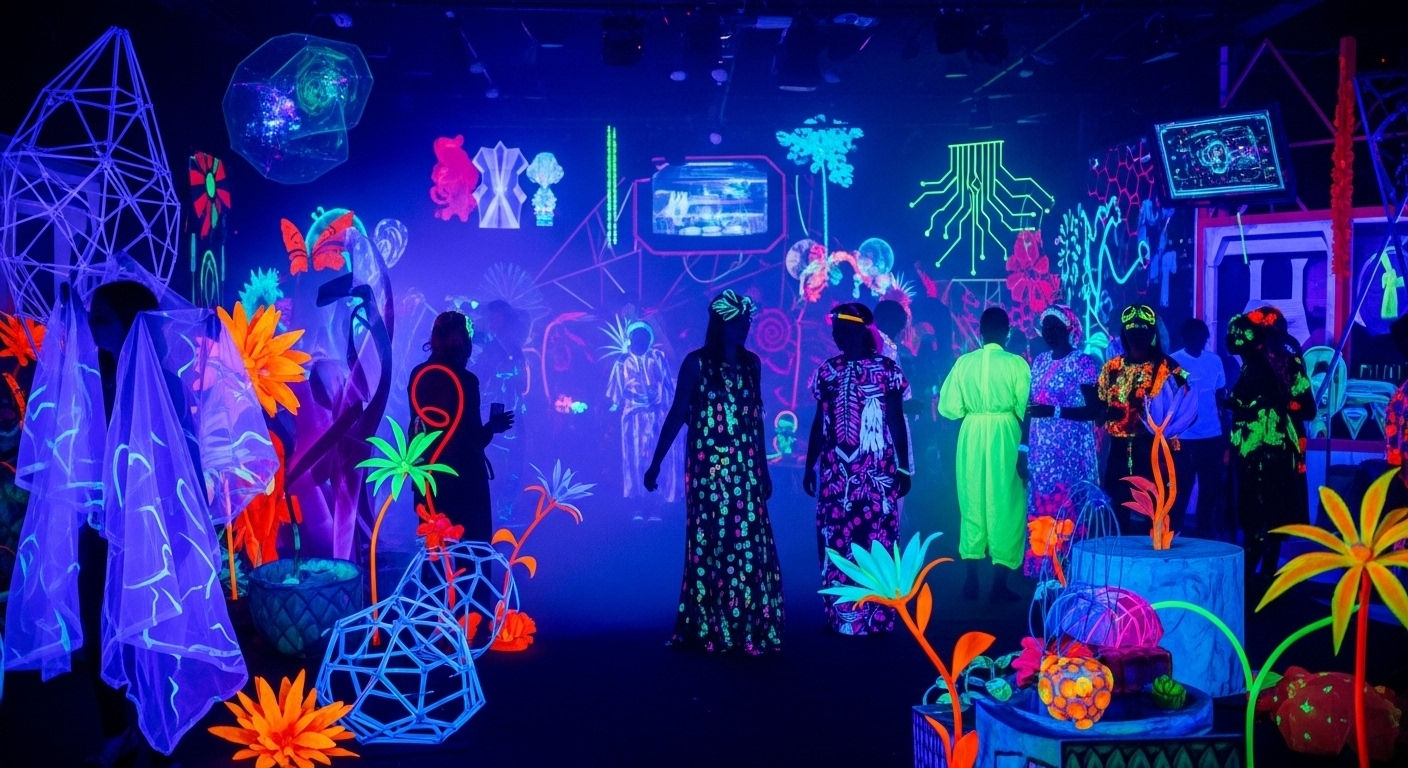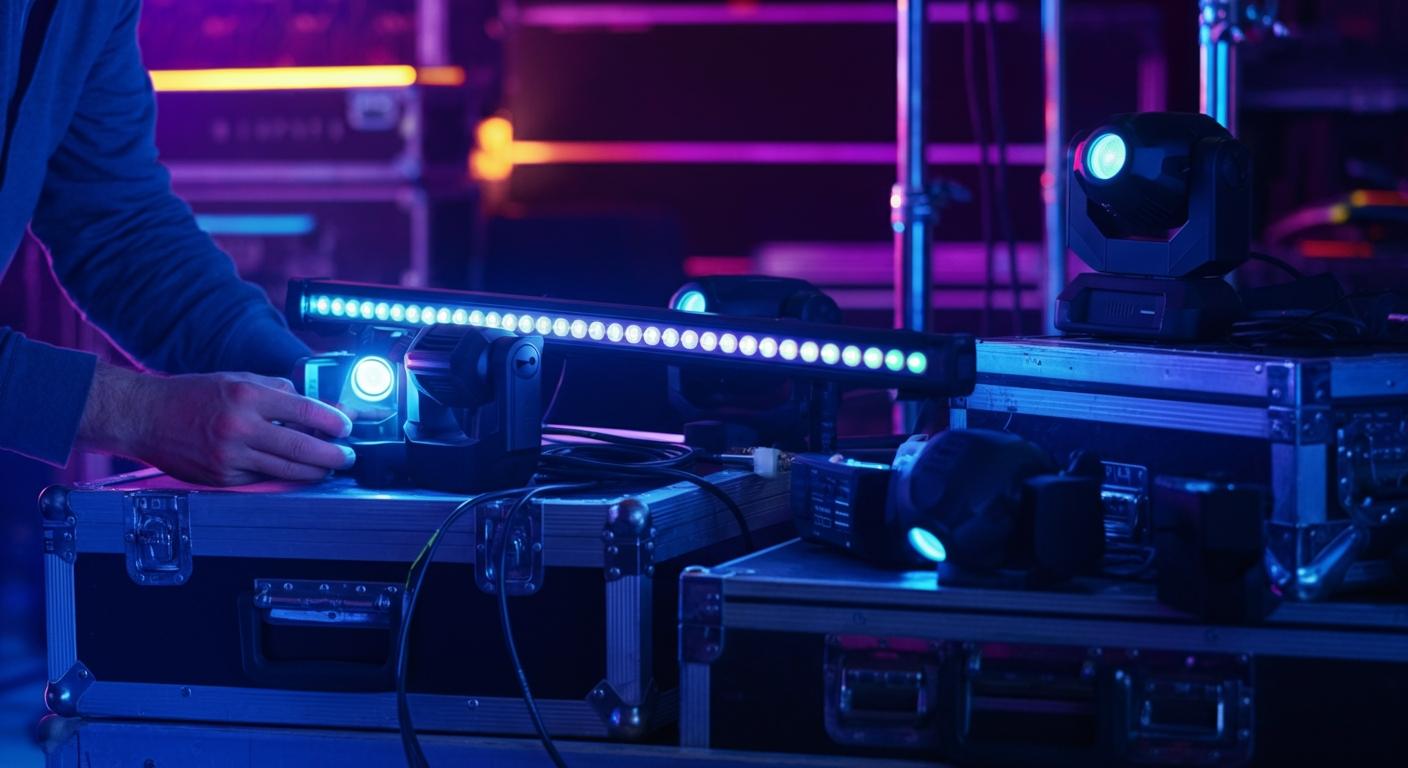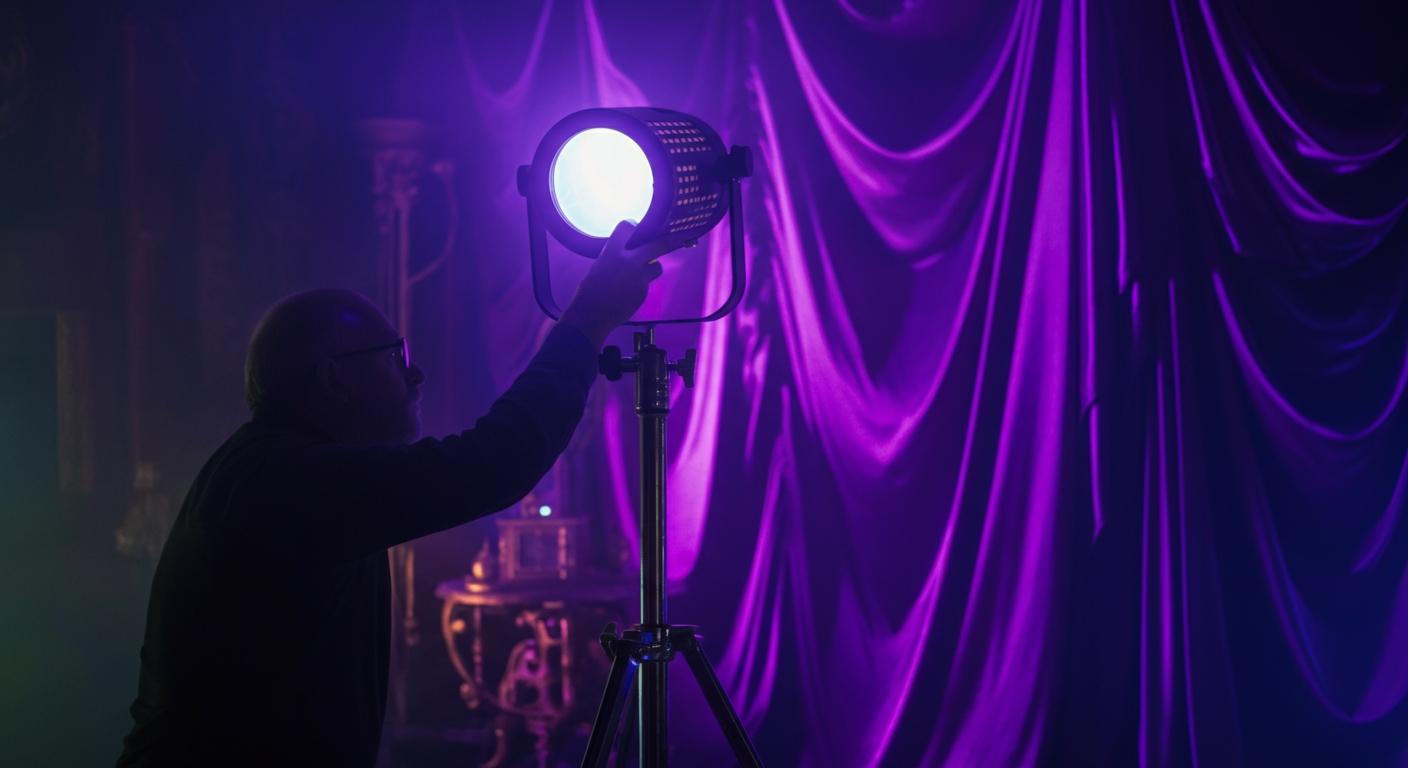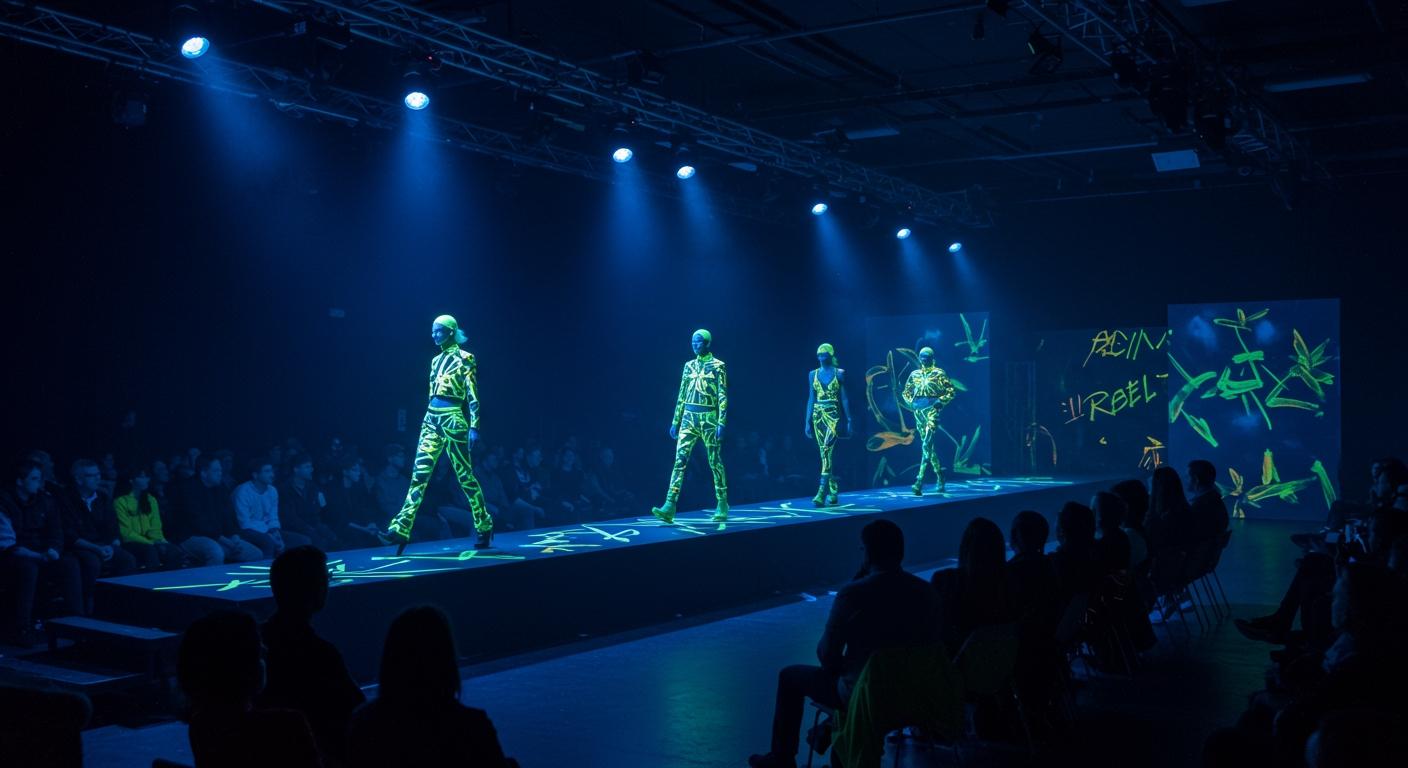

If you're in event production, chances are you've worked with UV lighting; maybe it was that bold glow at a themed party or a sleek wash that gave your stage design a little extra edge. But UV isn’t just about looking cool (though it does that). There's actually a lot going on behind the scenes that makes UV a solid tool in any lighting setup.
Here’s a quick rundown of what UV lighting is, where it really shines, and what to keep in mind when you’re thinking about adding it to your rig.
So, What Is UV Light?
Ultraviolet light (UV) sits just beyond what we can see, right past violet on the spectrum. You don’t see the UV itself, but you definitely see how it makes things react. Whites, neons, UV-reactive paint, boom, instant glow. That’s UV-A doing its thing.


Why UV Works So Well in Production
UV is one of those effects that sneaks up on you, in a good way. It’s subtle, but when used right, it makes certain elements pop. It’s not going to overpower your setup, but it brings out the details that traditional lighting just can’t. Think: glowing set pieces, painted props, or even wardrobe elements that come to life under UV. It’s that final layer that ties it all together.
Here are some of my favorite places to use UV:
- Glow parties & blacklight events
- Halloween and haunted attractions
- Sci-fi or retro-themed installs
- Theater, dance, or immersive shows
- Brand activations with hidden graphics or inks
I like pairing UV with haze or fog; it adds depth and really helps shape the space. Throw in some strobes or pixel-mapped LEDs, and you’ve got a layered, textured look that feels super intentional.


Choosing the Right UV Fixture
Not all UV lights are the same. If you’ve ever used a cheap blacklight, you already know that the difference in quality is real. For pro setups, you want something that gives solid output, doesn’t flicker, and can be rigged easily.
Here’s what I constantly look for:
- True UV-A output (around 365–395nm)
- Strong beam and good coverage
- DMX control (or standalone for quick gigs)
- Compact, durable build that’s road-ready
- Chauvet DJ, ADJ, and Antari all have reliable options: bars, washes, and even fixtures with UV channels built in. So you’ve got choices depending on what kind of space or vibe you’re working with.


Quick Note on Safety
Just because UV-A is the mildest version doesn’t mean it’s risk-free. Long exposure, especially up close, can cause eye fatigue or skin irritation. Be smart.
A few basics:
- Don’t stare straight into the fixture
- Avoid close-range blasts on performers or guests
Pretty simple stuff, but worth remembering.


Final Thoughts
UV lighting isn’t just for glow parties or Halloween; it’s a creative tool that can really elevate a design when used with intention. Whether you’re trying to make a space feel otherworldly or just want that one moment to hit, UV can be the missing piece.
If you haven’t worked with UV in a minute, now’s a great time to revisit it. Fixtures today are more efficient, more compact, and way easier to dial in than they used to be. Honestly, witnessing the crowd's reaction to a perfectly timed UV reveal is truly exhilarating. That’s the kind of moment we all live for.
 How Can We Help?
How Can We Help?












